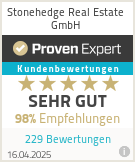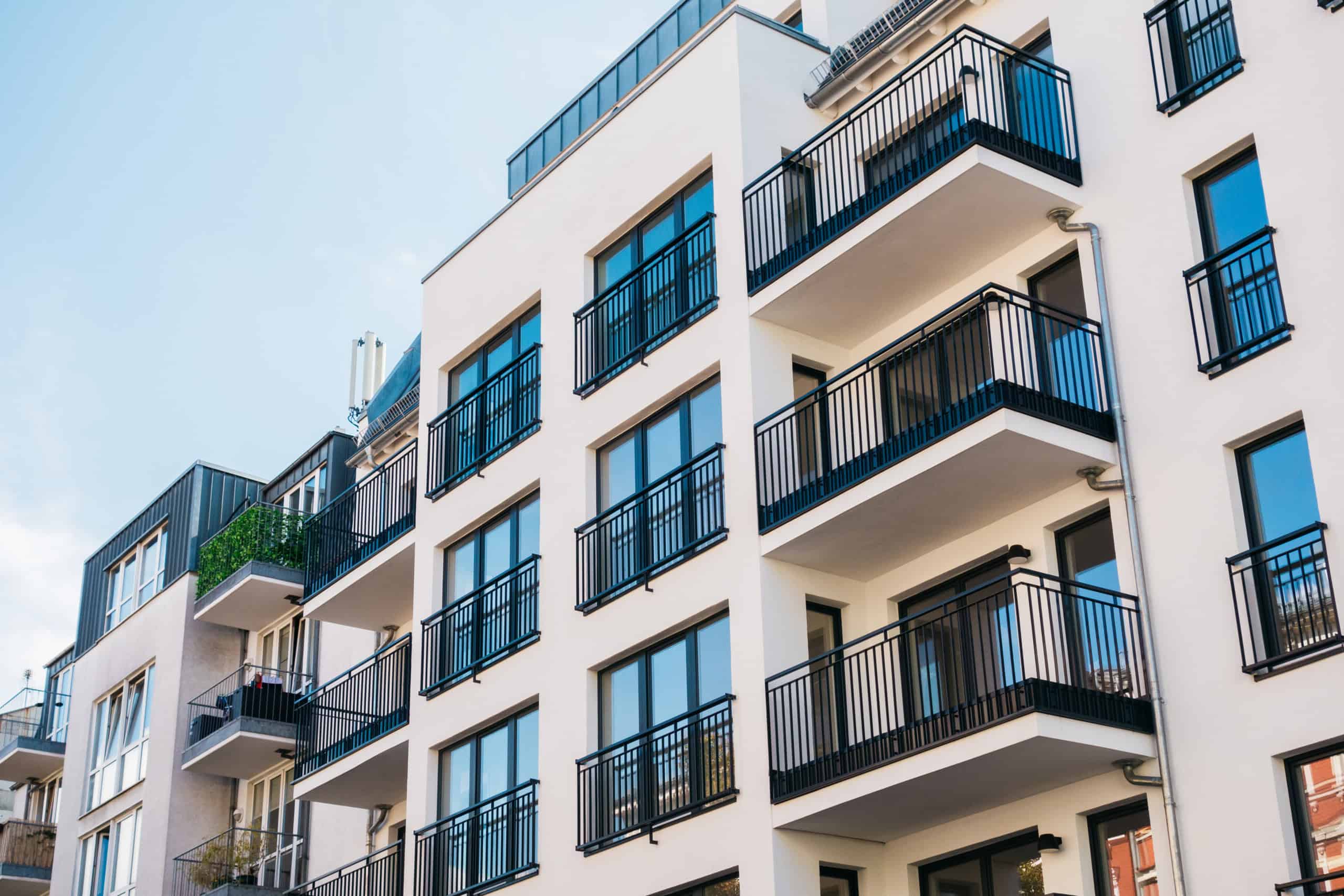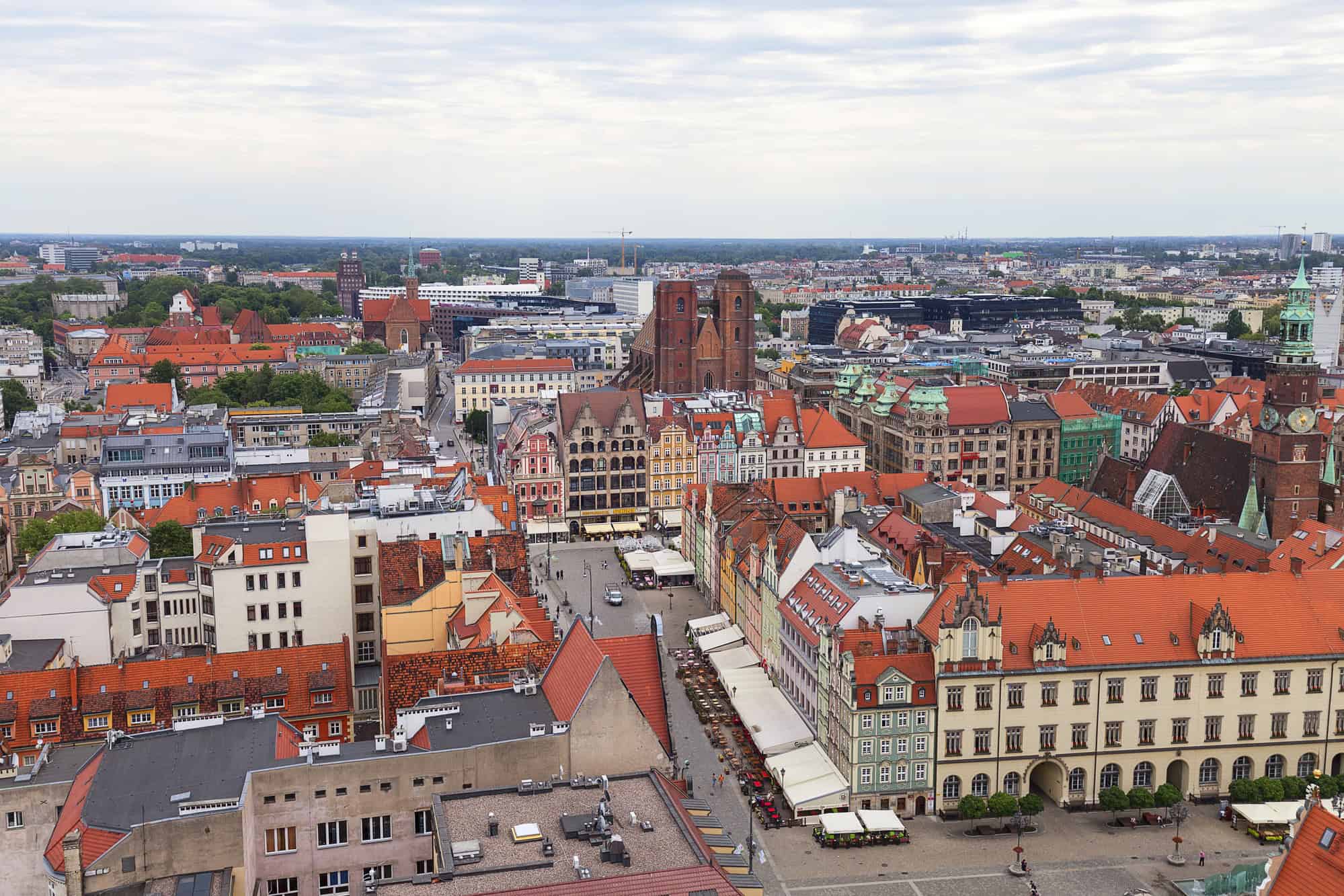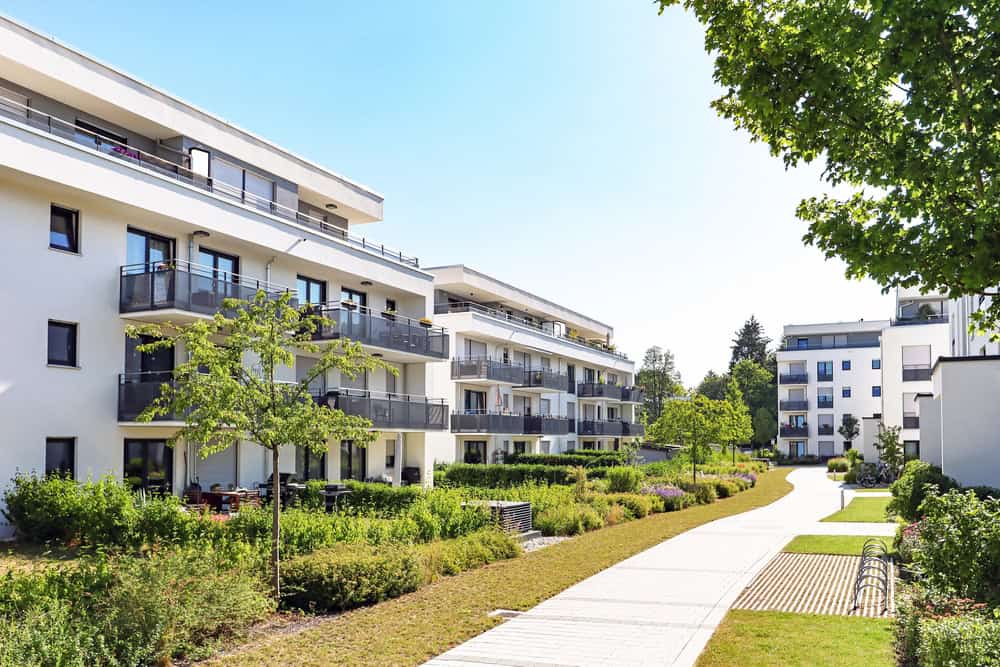Anyone looking for a condominium not only wants to get a comprehensive overview of the housing market in the city, district, suburb or neighborhood, but also get to know the “surroundings”. In this article, we therefore look at the special features of Neukölln. What cultural venues does the district have to offer? How good is the medical care? How many kindergartens and educational institutions are there? What infrastructure is available to Neukölln residents and visitors? How does this Berlin district break down demographically?
If you would like to read about how the housing market in Neukölln is developing, we recommend the first part of our article “Buying a condominium in Berlin-Neukölln: Prices, trends, neighborhoods, info & more“. Here we take a look at the current real estate market situation in Neukölln, highlight the main price differences and developments and introduce you to the individual Neukölln residential districts and neighborhoods.
Things to know about the Neukölln district
The district has undergone a major transformation in recent years. From a working-class district to a trendy area of the German capital. A lot has changed as a result – Neukölln is showing its new face to the outside world. At the same time, however, the district has retained its charm and unique characteristics.
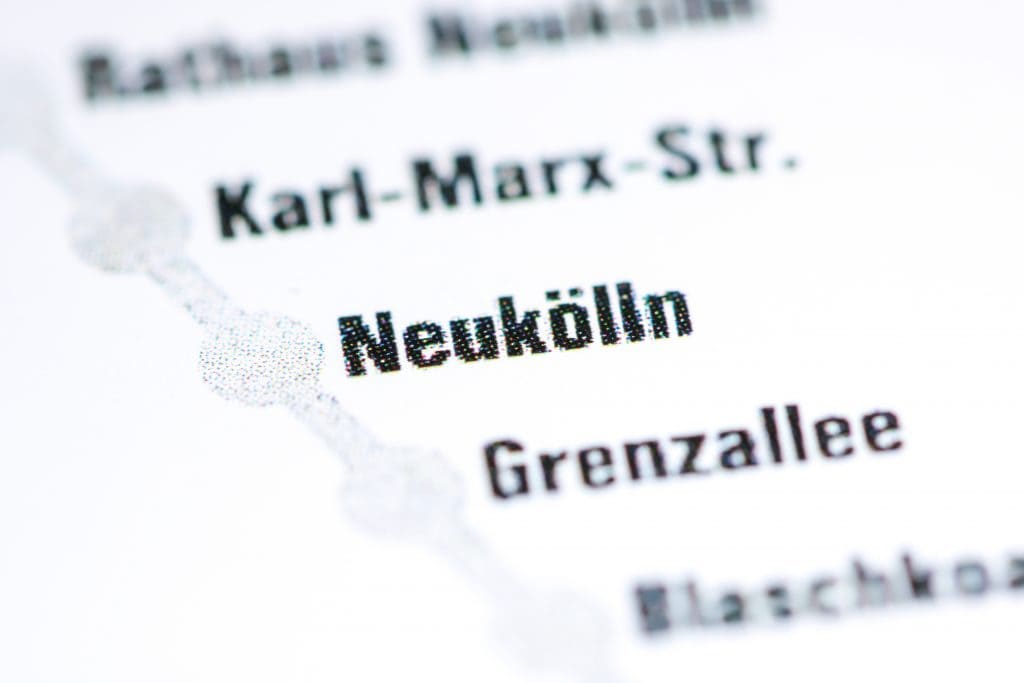
The different districts of Neukölln
Neukölln is located in the south of Berlin’s city center. The district borders Tempelhof-Schöneberg to the west and Treptow-Köpenick to the east. The district of Friedrichshain-Kreuzberg lies to the north of Neukölln.
Neukölln
Neukölln is not only the name of the district as a whole, but also the district of the same name. Depending on how you count it, it is home to up to 8 neighborhoods, the best-known of which are presented in the first part of our article. The northern part of Neukölln is a densely built-up residential area. Many old buildings have been preserved, and there are also a few new construction projects.
Britz
The Britz district is located to the south of the Neukölln district and offers numerous sights as well as suburban buildings. For example, Britz Palace is located here, where the annual fairytale Christmas is held. Numerous visitors and residents enjoy the tree blossom, which can be admired in the Britzer Garten. The Britzer Mühle mill and the Britz estate are also worth a visit. Many of the houses in Britz were designed as terraced houses. The outer buildings have 2 to 3 storeys, with terraced houses with small gardens on the inner sides.
Buckow
The Buckow district is located to the south of Britz on the western edge of the Neukölln district. Single and multi-family homes dominate here. We are on the edge of Berlin, on the border with Brandenburg. Some of the detached properties are still used for agriculture today. Johannisthaler Chaussee, on the other hand, has an almost metropolitan atmosphere. Buckow II is detached from Buckow, between the districts of Rudow, Britz and Gropiusstadt. Until the 1970s, this area was mainly used as grazing land for cattle. However, the former wet meadows were then drained so that residential buildings with up to 8 storeys could be built here. There are also detached houses with small gardens in the district.
Gropiusstadt
The Gropiusstadt district is named after its planner, Walter Gropius, and is located right next to Buckow II. What immediately stands out when you look at the district are the high-rise buildings with up to 30 storeys. Gropiusstadt was planned in the 1960s as a satellite town on the border with Brandenburg. The buildings were originally supposed to be built further apart, but this plan was thwarted by the construction of the Berlin Wall. For this reason, the buildings had to be built higher in order to accommodate the approximately 18,500 apartments in the houses. The tallest of the residential buildings is located on Fritz-Erler-Allee and, at 89 meters high, is one of the tallest residential buildings in the whole of Germany. Gropiusstadt was once an area where mainly social housing was built. However, the residential area in the south of Berlin has become increasingly attractive in recent years.

Rudow
Rudow is located in the eastern south of the Neukölln district and bordered East Berlin until 1989. From the West Berlin perspective at the time, the district was therefore a completely peripheral area. The subway connection to the city center was only established when Gropiusstadt was built in the 1970s. To this day, it is mainly single and multi-family houses that stand here. Occasionally, you may even come across farms that have survived here on the outskirts of Berlin. One of Berlin’s largest industrial areas stretches along the Teltow Canal, with scattered green spaces between the residential buildings. The district of Rudow is located very close to BER airport and has therefore been connected to the city highway, which ensures heavy through traffic.
The infrastructure in Neukölln
If you want to get around Neukölln by private transport, you can use the city highway to get from this district to other parts of Berlin. Other main roads are Karl-Marx-Straße, Sonnenallee, Johannisthaler Chaussee and Hermannstraße. As BER Airport is not far away, Neukölln’s main roads are usually very busy.
If you live in Neukölln, you really can’t complain about the public transportation options. You can take the U8 subway line from Hermannstraße via Berlin-Mitte to Wittenau. The Subway line U7 runs from Rudow via Kreuzberg to Schöneberg and then on to Spandau. Neukölln is also connected to the Berlin S-Bahn ring. From the central S-Bahn and U-Bahn stations, you can easily get to the more remote parts of the district on various bus routes.
Neukölln's demography
The district of Neukölln is divided into the 5 districts of Neukölln, Britz, Buckow, Rudow and Gropiusstadt. According to population register statistics (as at 30.06.2022), around 329,000 people live in the district. Almost 165,000 of these live in the Neukölln district. This also explains the distinctly metropolitan atmosphere that prevails here.
Just over 165,000 of the 329,000 inhabitants are female. In terms of age structure, the group of 18 to 45-year-olds accounts for with 136,500 people make up the largest proportion. The average age is therefore 41.8 years (average for Berlin as a whole: 42.8 years). The 45 to 65 age group follows in second place with just under 81,000 people. It is also noticeable that the over-65 age group is also strongly represented with around 57,600 people. At just under 54,000 people, the group of children and young people up to the age of 18 is the smallest.
The analysis shows that a total of just under 161,400 residents have a migration background. Just over 89,400 of them have foreign citizenship.
How many kindergartens and schools are there in Neukölln?
In the kindergarten finder of the portal Berlin.de a total of 174 kindergartens are listed for the district of Neukölln. They are spread across the entire district, with significantly more kindergartens in the north of Neukölln than in the south. This is due to the location and proximity to Berlin city center. The number may seem sufficient at first glance, but it is not enough considering the number of children who live in Neukölln. Parents therefore sometimes have difficulty finding childcare places for their children.
As soon as they reach school age, children in Neukölln go to elementary school. There are a total of 36 elementary school and 5 community schools in the district. As far as secondary schools are concerned, there are 7 grammar schools and 13 integrated secondary schools to choose from. In addition to the public schools, there are 5 private schools in the Neukölln district.

Medical care in Berlin-Neukölln
There are a total of 3 hospitals in Neukölln. The largest is Vivantes Klinikum Neukölln, which is located in Rudower Straße. The Cochlear-Implant Centrum is located in Paster-Behrens-Straße, in the immediate vicinity of the Annedore-Leber-Berufsbildungswerk. You can find the Ida-Wolff-Krankenhaus on Fritz-Erler-Allee. It is located right next to the Vivantes Clinic and cares for people over 70 years of age. It is part of the Vivantes Clinic. The Vivantes day clinic is located in Emser Straße, in the north of Neukölln.
Medical care in Neukölln, as in the other districts of Berlin, is for the most part very good, as there are a large number of general practitioners and specialists. On the homepage of the aerzte-berlin.de you can search for practicing doctors by district and specialty.
Art, culture, sights and gastronomy in Neukölln
Anyone looking to buy a condominium in Neukölln is not only interested in facts about medical care, infrastructure and educational facilities in the district. In this section of our article, we take you on a discovery tour of Neukölln. We’ll tell you where you can go for a delicious meal in the evening, where trendy events take place and which sights you absolutely must visit when you’re in Neukölln.
The most beautiful museums in Neukölln
If you are traveling with the whole family and want to experience an interactive introduction to the history of Neukölln, the best place to visit is the Neukölln Museum. The oxen and horse stables of the Britz estate were renovated so that the museum could be opened here in May 2010. The site also includes an event hall, an open-air stage and a music school. The museum’s exhibition rooms are located on the first floor of the building. The archive is located above. The approximately 5,600 objects on display in the museum are all directly related to Neukölln and tell the history of the district. In addition to a library containing only books with stories and information about Neukölln, there is also a document and picture archive as well as numerous maps.
At the Puppet Theater Museum Berlin, which is located on Karl-Marx-Straße, you will encounter puppets from a wide variety of eras. Here, for example, playful guided tours are offered for children between the ages of 3 and 10. The little ones can get to know the puppets with the help of short plays and also play with them themselves.
In Schloss Britz, which was declared a listed building in 1971, visitors can see the exhibition “Living Culture in the Wilhelminian Era”. The furniture and decor in the exhibition rooms are originals. Visitors to the exhibition are instantly transported back to the 19th century, to a time when the residents of Berlin paid increasing attention to the status of their homes. The furniture is of high quality and represents how the well-heeled Berliners lived over 100 years ago. In addition to the exhibition, the former estate has much more to offer. The artfully landscaped palace garden invites you to take a stroll. Past exotic plants, orchards and roses, the path leads directly to the garden pavilion. In winter, a Christmas market takes place in the large courtyard of Schloss Britz, which is particularly influenced by Nordic cultures. The beautiful lights and decorations will not only make children’s eyes light up.

Galleries in Neukölln
Neukölln is not necessarily the art center of Berlin. Nevertheless, a total of 16 galleries are listed on the capital’s official online portal. These include, for example, the Diversity Art Gallery on Leinestraße, the Olga Benario Gallery on Richardstraße, the Luisa Catucci Gallery on Allerstraße and Su de Coucou on Weserstraße. You can find the complete list of galleries in Neukölln here here.
The hippest clubs in Neukölln
In the past, the Neukölln district was considered a typical working-class neighborhood. In recent years, however, it has undergone a major transformation and is now home to many venues where you can party and dance. For example, the cult club “Keller” is located in Karl-Marx-Straße. It is not necessarily easy to find, as you have to make your way through two backyards and a parking lot to get to the vaulted cellar that houses the club. Concerts and show evenings regularly take place here, where Berlin’s alternative scene comes together. The repertoire could not be more varied, with sounds ranging from soul and electro to oriental music.
Loftus Hall is located in a small forest on the banks of the Landwehr Canal in the Reuterkiez district. The building was built in 1950s style and the nightlife extends over several rooms where people drink and dance.
Also in the Reuterkiez, not far from Loftus Hall, is the Soulcat club. The club’s interior, which attracts party people to Pannierstraße, dates back to the 1950s and 1960s. In addition to swing and blues, rock ‘n’ roll and jazz are also played here. The atmosphere is conducive to dancing and partying, with parties lasting until late in the evening.
The best restaurants in Neukölln
The “Holy Flat!” is located in Lenaustraße in the north of Neukölln. Here you can indulge in vegan and vegetarian dishes. The dishes are delicious and only bowls and drinks are sold. When furnishing the restaurant, emphasis was placed on minimalism and brightness.
The “Knödelwirtschaft” is located in Fuldastraße in the north of Neukölln, directly on the Weigandufer. The small restaurant mainly serves dumplings. Guests appreciate the cozy atmosphere and excellent service and are particularly pleased with the good price-performance ratio.
The “Linden-Garten” is an Indian restaurant with a beer garden located in Alt-Buckow. The food on offer comes from the clay oven and is freshly prepared. The restaurant has been newly renovated and now shines in a modern, attractive light.
The “Split” restaurant is one of the best Croatian restaurants in Neukölln. The dishes are freshly prepared and the restaurant has a lovely beer garden, which is particularly inviting in the warm summer months.
Neukölln is a very varied and diverse district overall. This is also noticeable when you look at the restaurants. No matter which country you want to travel to for culinary delights, you will always find a top restaurant with reasonable prices.
If you want to go in search of a delicious cocktail, we recommend the area between Maybachufer and Urbanstraße in the north of Neukölln. Here you will find the bars “The Black Lodge” and “Jungbusch Berlin”, the “Agata Bar” and the “Schillingbar”. The atmosphere in the Neukölln bars tends to be relaxed and casual. It is mainly the district’s scene that meets here, which is why the bars are ideal if you want to enjoy a relaxed evening with friends. For official events, on the other hand, we recommend venues in the center of Berlin.

Our insider tips: The weekly markets on Maybachufer and a bike tour through Neukölln
If you are looking for multicultural diversity, you should definitely visit the weekly market on Maybachufer. In addition to vegetables and fresh fruit, you will find everything you would find at a bazaar on the Bosporus. Fine fabrics, spices and Turkish specialties are offered at these markets. Our absolute insider tip, because nowhere else can you observe life in Neukölln as well and in all its authenticity as at one of these markets. We hope you enjoy strolling around and shopping.
If the weather is good, you can hop on your bike and set off on a cycle tour that takes you through the districts of Neukölln, Tempelhof and Kreuzberg. The route covers 34 kilometers and takes you past the Britzer Mühle mill, the village church of Rudow, Britz Castle, Körnerpark and the Comenius Garden.
Conclusion
Neukölln – a district of contrasts! The old buildings, which are mainly located in the north of Neukölln, bear witness to times long past, while the new construction projects radiate the cosmopolitan charm of the German capital. From working-class district to trendy area – Neukölln has developed strongly in recent years. However, the district’s potential is far from exhausted. It remains exciting, as the influx to Berlin continues and the housing shortage will soon become apparent in Neukölln too. In addition, the district is becoming increasingly popular and for this reason alone is worth investing in an existing or new-build apartment.
